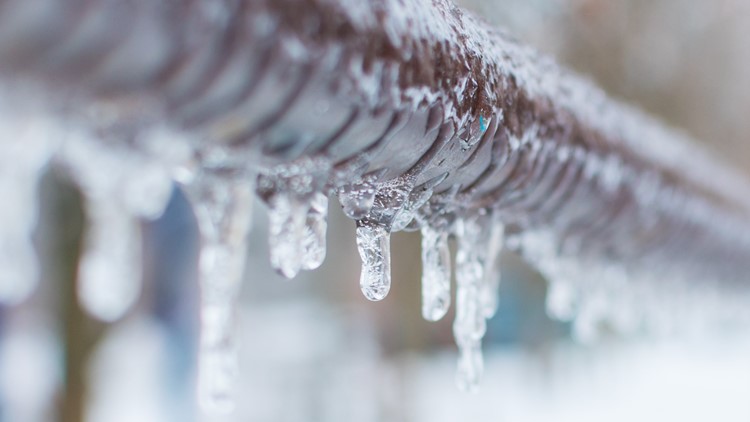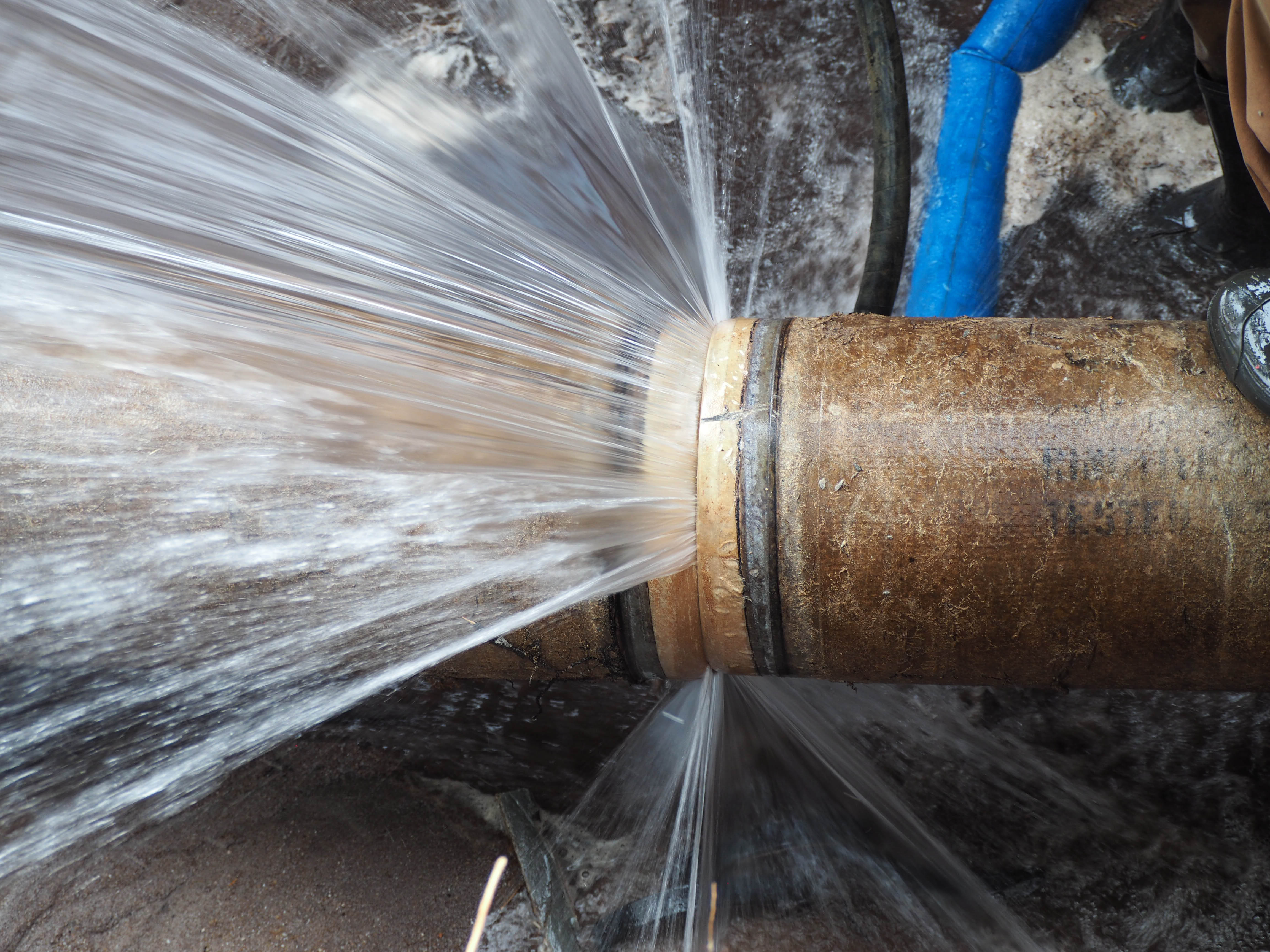We've noticed the article on How to Prevent Your Pipes From Freezing directly below on the internet and reckoned it made good sense to quickly share it with you here.

Cold weather can damage your plumbing, especially by freezing pipelines. Right here's just how to prevent it from occurring and what to do if it does.
Intro
As temperatures decrease, the threat of frozen pipes boosts, possibly leading to costly repair services and water damages. Recognizing how to stop icy pipelines is critical for house owners in cold climates.
Comprehending Frozen Pipes
What causes pipelines to freeze?
Pipes ice up when subjected to temperatures listed below 32 ° F (0 ° C) for prolonged durations. As water inside the pipes ices up, it expands, taxing the pipeline walls and possibly causing them to rupture.
Threats and damages
Icy pipelines can result in water interruptions, building damage, and pricey repair services. Ruptured pipes can flood homes and create comprehensive structural damage.
Indications of Frozen Water Lines
Recognizing icy pipelines early can prevent them from bursting.
Exactly how to recognize frozen pipes
Search for lowered water flow from faucets, uncommon smells or noises from pipelines, and noticeable frost on exposed pipelines.
Avoidance Tips
Shielding vulnerable pipelines
Cover pipes in insulation sleeves or make use of warmth tape to secure them from freezing temperatures. Focus on pipes in unheated or exterior locations of the home.
Home heating methods
Keep indoor rooms sufficiently heated, specifically locations with pipes. Open up closet doors to enable warm air to circulate around pipelines under sinks.
Securing Outside Pipes
Yard tubes and outside taps
Separate and drain pipes garden hose pipes before winter. Mount frost-proof spigots or cover exterior taps with protected caps.
What to Do If Your Pipes Freeze
Immediate actions to take
If you suspect frozen pipelines, maintain taps open to eliminate stress as the ice melts. Utilize a hairdryer or towels soaked in hot water to thaw pipes slowly.
Long-Term Solutions
Structural adjustments
Consider rerouting pipes far from outside wall surfaces or unheated areas. Add added insulation to attic rooms, basements, and crawl spaces.
Upgrading insulation
Buy high-grade insulation for pipelines, attics, and wall surfaces. Appropriate insulation helps keep constant temperatures and lowers the danger of frozen pipelines.
Final thought
Preventing frozen pipelines calls for proactive steps and fast reactions. By comprehending the reasons, indicators, and safety nets, house owners can secure their plumbing throughout cold weather.
6 Proven Ways to Prevent Frozen Pipes and Protect Your Home
Disconnect and Drain Garden Hoses
Before winter arrives, start by disconnecting your garden hoses and draining any remaining water. Close the shut-off valves that supply outdoor hose bibs and leave the outdoor faucet open to allow any residual water to drain. For extra protection, consider using faucet covers throughout the colder months. It’s also important to drain water from any sprinkler supply lines following the manufacturer’s directions.
Insulate Exposed Pipes
Insulating your pipes is an effective way to prevent freezing. Pipe insulation is readily available at home improvement stores and is relatively inexpensive. Pay close attention to pipes in unheated areas such as the attic, basement, crawl spaces, or garage. Apply foam insulation generously to create a buffer against the cold. You can also wrap your pipes in heat tape or thermostat-controlled heat cables for added warmth.
Seal Air Leaks
Inspect your home for any cracks or openings that could let in cold air. Seal any holes around the piping in interior or exterior walls, as well as the sill plates where your home rests on its foundation. Additionally, make sure to keep your garage door closed unless you’re entering or exiting. Leaving it open creates a significant air leak that can lead to frozen pipes.
Allow Warm Air Circulation
During cold snaps, it’s essential to allow warm air to circulate evenly throughout your home. Leave interior doors ajar to promote better airflow. Open kitchen and bathroom cabinets to help distribute heat consistently around the rooms. If you have small children or pets, be sure to remove any household chemicals or potentially harmful cleaners from open cabinets for safety.
Let Faucets Drip
A small trickle of water can make a big difference in preventing ice formation inside your pipes. When temperatures drop significantly, start a drip of water from all faucets served by exposed pipes. This continuous flow helps prevent the water from freezing. Additionally, running a few faucets slightly can relieve pressure inside the pipes, reducing the chances of a rupture if the water inside does freeze.
https://choateshvac.com/6-proven-ways-to-prevent-frozen-pipes-and-protect-your-home/

Hopefully you enjoyed reading our part about How to prepare your home plumbing for winter weather. Thanks so much for finding the time to read through our posting. In case you enjoyed reading our article if you please don't forget to share it. We truly appreciate reading our article about Prevent Frozen Pipes .
Contact